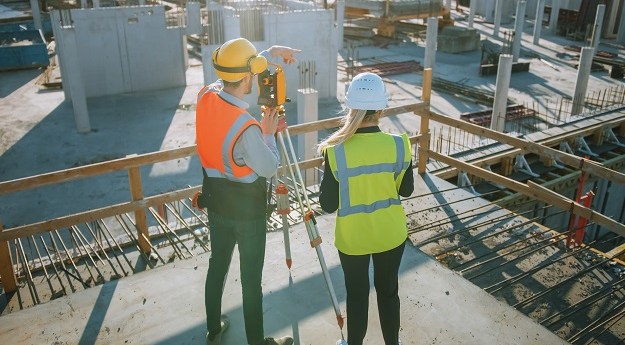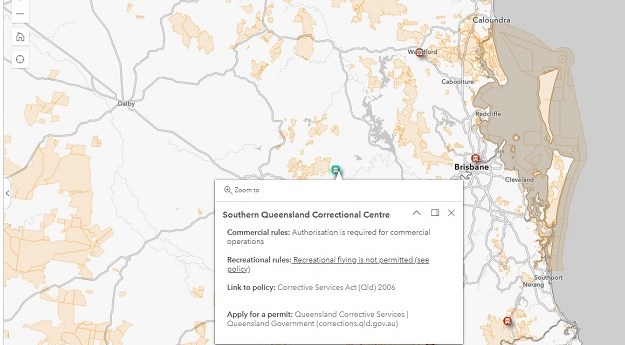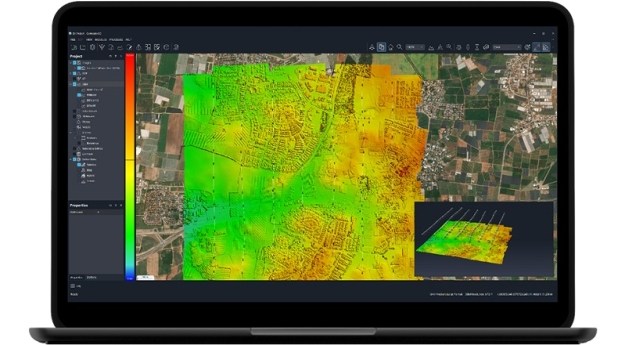
The Australian Transport Safety Bureau (ATSB) has just released a research report into the safety of remotely piloted aircraft systems (RPAS) or drones.
ATSB is the government body responsible for investigating transport-related accidents and incidents within Australia, including the search for MH370.
The new report finds that while there have been no reported collisions between RPAS and manned aircraft in Australia, the number of encounters is increasing and that the potential consequences of collisions are not yet fully understood.

Total number of CASA registered RPAS certificate holders (Jan 2014 to Jan 2017). Source: CASA Register/ATSB.
“Our report seeks to better understand the implications for transport safety associated with the expected continual growth in the number of RPAS in Australia,” ATSB Chief Commissioner Greg Hood said.
“We expect there could be a doubling in the number of RPAS in Australia by the end of 2017.”
About half of the 180 occurrences from 2012 to 2016 involved proximity encounters with manned aircraft. Over 60 per cent of all reported RPAS encounters (108 occurrences) occurred in 2016 (69 occurrences).

Heat map of reported location of RPAS near encounters and occurrence category around Australia (2012–2016) Source: ATSB.
“Based on our knowledge of birdstrikes, RPAS collisions with high capacity air transport aircraft could lead to an engine ingestion in about eight per cent of strikes,” Mr Hood said.
“RPAS also have the potential to damage a general aviation aircraft’s flight surfaces (wings and tail), which could result in a loss of control.
“Similar to the impact from a large bird, collision between a RPAS and a general aviation aircraft’s windscreen poses a high risk of penetration,” he said.
The 48-page document also predicts how the local RPAS market will change over the coming years and maps the areas of incidence nationally and in select urban areas.
The use of RPAS for performing aerial surveying tasks is the subject of discussion in the forthcoming Position Magazine feature “Drones/RPAS/UAV: surveying’s new fact or another passing fad?” With insights from all sides of industry and academia, it explores what value these systems do, and don’t, have to offer over traditional surveying techniques.











